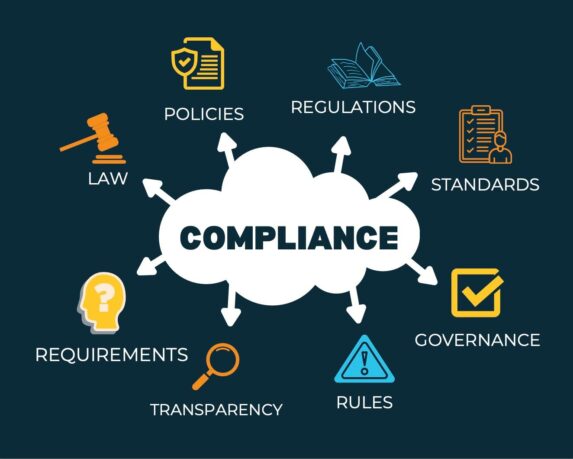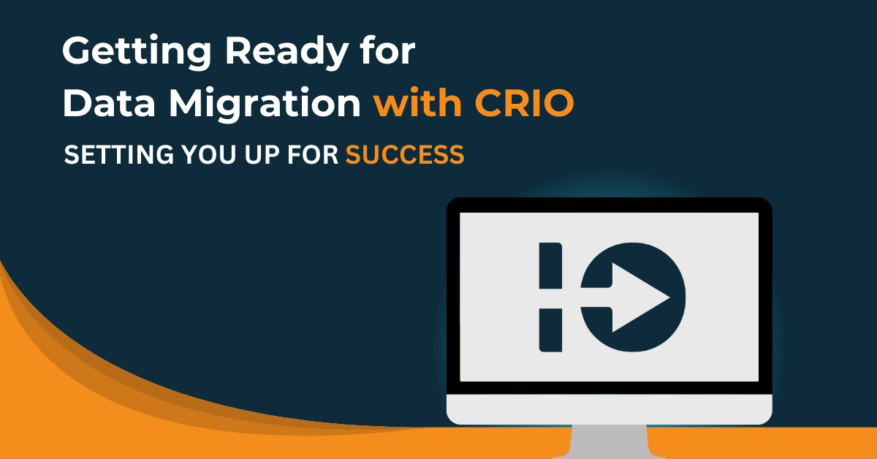Electronic Source (eSource) For Clinical Trials: Why Now?

Though Electronic Source (eSource) has been around for 10 years, it’s only recently started to gain momentum among clinical research sites. Why is now the perfect time for eSource adoption? This article, written by CRIO co-founder Raymond Nomizu, explains why eSource makes sense today.
Introduction to Electronic Source For Clinical Trial Sites
Electronic Source, or eSource for short, is not a new concept. It’s been around for at least 10 years as a viable commercial option for clinical trial sites.
Although eSource has not completely saturated the market, many people predict it will be the next wave of technology in clinical trials. In our market survey, over half of CRAs reported they believe eSource will become the primary mode of data collection over the next 5 years.
But why are clinical trial sites adopting eSource now? As a former site owner, and through my research in building CRIO, I think there are a few factors:
Factor 1: eSource Is Precipitated By Peoples’ Everyday use of Mobile Devices
We use smartphones and tablets for all kinds of activities, including software – something we didn’t do 8 years ago. For example, today, mobile & tablets make up 56% of the global device market, whereas they made up just 4% at eSource’s inception. As opposed to just a few years ago, clinical research professionals do not blink an eye at the concept of using a tablet for electronic source data capture.
[pdf-download]
Factor 2: The widespread use of EHR Increases Adoption of Electronic Source
The Affordable Care Act heavily incentivized the use of EHR. In 2016, 70% of physician practices had converted to EHR. Although many have hoped that EHR would effectively serve as eSource, it hasn’t worked out that way, as the workflows for care are so different from clinical trials. What EHR has done, however, is acclimate physician practices to real-time data capture, thus paving the way culturally for an EHR-equivalent on the clinical research side.

Factor 3: Adoption of Sponsor Software Is Driving Clinical Trial Software For Sites
Sponsors have been spending increasing amounts each year on technology solutions. Some, like IWRS, eTMF and EDC, have achieved near-universal adoption. Others, like CTMS, training or start-up, are taking off. But many of these technologies rely on source data captured at the clinical trial site level. eSource is the “first mile” that unlocks numerous efficiencies. Without eSource, sponsors face increasingly limited ROI on their technology investment.
At Clinical Research IO, we’ve seen a major shift just in the two years we’ve been doing business. When we launched our eSource product back in 2016, it was considered a novelty. Today, many sites we speak to have eSource in their roadmap and are selecting vendors. They’re already sold on the concept.
If you haven’t decided if eSource is in your roadmap, you’re well advised to start your research now. If you’re curious about CRIO, learn more about our eSource, CTMS, and eRegulatory solution through a personalized, one-on-one demo with our team.




